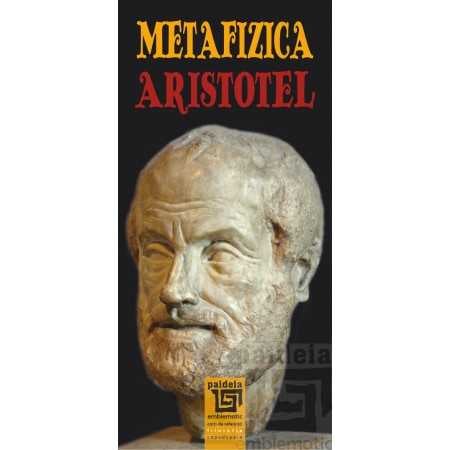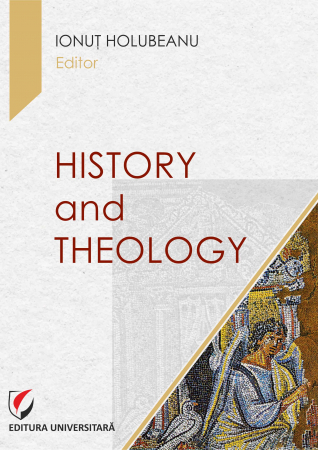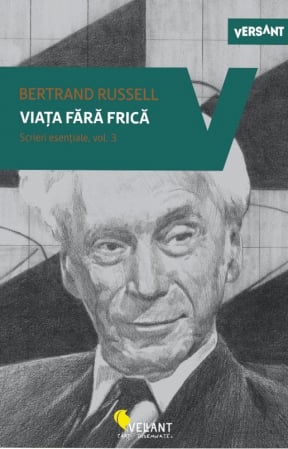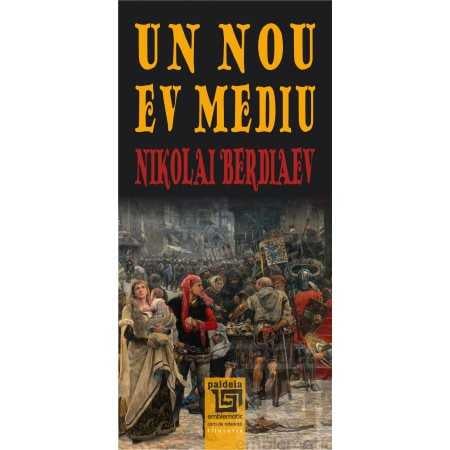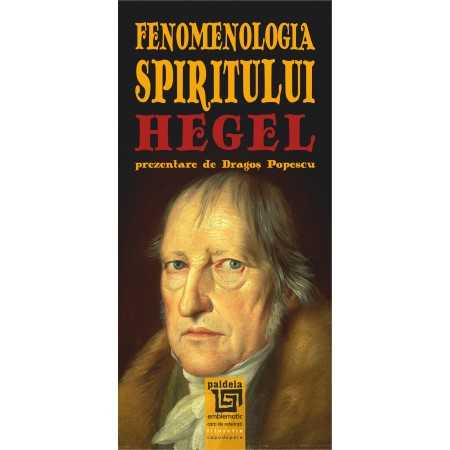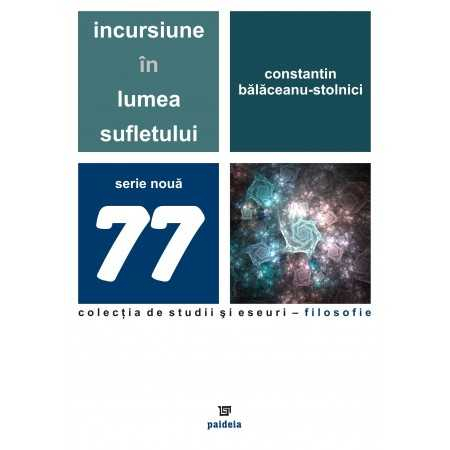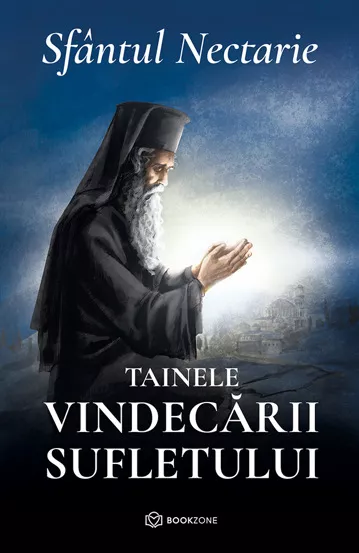ISBN: 978-606-28-0311-7
DOI: 10.5682/9786062803117
Publisher year: 2017
Edition: i
Pages: 212
Publisher: Editura Universitară
Author: Constantin Claudiu Cotan
- Description
- Download (1)
- Authors
- Content
- More details
- Reviews (0)
This work is addressed to young theologians who want to enrich their knowledge of history and who seek to understand certain events that have changed, strengthened or disturbed the religious life of the last Christian millennium. We approached this complex history, marked by numerous social phenomena, political unrest and many military conflicts that sometimes wore religious clothing, to make it more accessible and easier for students to learn.
-
INTRODUCERE ÎN STUDIUL ISTORIEI CRESTINISMULUI
Download
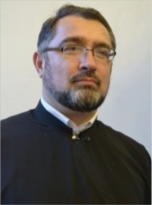
CONSTANTIN CLAUDIU COTAN was born in 1967, in Tismana, Gorj County.
He attended the courses of the Theological Seminary in Craiova (1984-1989).
His theological training continued at the Faculty of Theology in Bucharest (1990-1993), where in 2001 he obtained the title of Doctor of Theology with the thesis: Ortodoxia si miscarile de emancipare nationala din sud-estul Europei in secolul al XIX-lea. (Orthodoxy and the national emancipation movements in Southeast Europe in the 19th century.)
Between 1991-1996 he attended the courses of the Faculty of History, University of Bucharest, where after defending his thesis: Biserica Ortodoxa Romana in timpul Primului Razboi Mondia (The Romanian Orthodox Church during the First World War), he obtained the title of Doctor of History.
Father Claudiu Cotan is an associate professor at the Faculty of Orthodox Theology in Constanta.
Among his most important works we mention: Ortodoxia si miscarile de emancipare nationala din sud-estul Europei in secolul al XIX-lea (Orthodoxy and national emancipation movements in southeastern Europe in the nineteenth century), Bizantina Publishing House, Bucharest, 2004; Istoria Bisericii Ortodoxe Romane, 1600-2000. Studiu introductiv (History of the Romanian Orthodox Church, 1600-2000. Introductory study), Vasiliana'98 Publishing House, Iasi, 2009; Biserica si Statul. Biserica Ortodoxa in secolul al XX-lea (Consideratii generale) (The Church and the State. Orthodox Church in the twentieth century (General considerations), Vasiliana'98 Publishing House, Iasi, 2009; O istorie a Bisericilor Ortodoxe Slave (History of the Slavic Orthodox Churches), Vasiliana'98 Publishing House, Iasi, 2009.
PREFACE / 5
CHRISTIAN EUROPE IN THE X - XV CENTURIES / 7
1. The schism of the church from 1054 / 7
2. Attempts to unite the Christian Church in the XI-XIV centuries / 9
3. The Council of Lyons (July 6, 1274) / 12
4. The Synod of Ferrara-Florence (1438-1439) / 13
5. The fight for the investiture / 19
6. Increase and decrease of papal power / 21
7. Crusades / 27
8. Military monastic orders / 34
9. Medieval heresies / 35
10. Inquisition / 37
11. Monastic orders in the West / 44
THEOLOGICAL CULTURE / 47
1. The theological culture of the West in the XI – XV centuries. Scholasticism / 47
2. Theological culture from the East in the XI – XV centuries / 51
3. Medieval Christian art / 62
PROTESTANT REFORMATION / 75
1. Prereformers / 75
2. Reformers / 78
3. Reform in England / 85
CATHOLIC REFORMATION / 93
1. Council of Trent / 93
2. Catholic monastic orders / 95
3. The Thirty Years' War / 97
MISSIONARY / 100
1. Catholic Missions in Africa and America / 100
2. Protestant missions in Africa and America / 101
3. Catholicism in Latin America and Australia / 103
4. Catholic missions in Asia / 104
5. Catholic missions in Japan / 106
ORTHODOX CHURCH / 108
1. The Orthodox Church and the Byzantine Empire / 108
2. The fall of Constantinople (1453) / 114
3. Orthodox Synods and Confessions of Faith / 120
4. Ecumenical Patriarchate / 132
5. Patriarchate of Alexandria / 135
6. Patriarchate of Antioch / 138
7. The Patriarchate of Jerusalem / 139
8. Archdiocese of Sinai / 141
9. Russian Orthodox Church / 141
10. The Orthodox Church of Ukraine / 152
11. Serbian Orthodox Church / 158
12. Bulgarian Orthodox Church / 164
13. Greek Orthodox Church / 169
14. Mount Athos / 173
15. Albanian Orthodox Church / 175
16. Biserica Ortodoxa Romana / 176
17. Georgian Orthodox Church / 183
18. Orthodox Church of Cyprus / 185
19. Orthodox Church in the Czech Republic and Slovakia / 187
20. Polish Orthodox Church / 188
21. Orthodox Church of Finland / 189
22. Estonian Orthodox Church / 190
23. Pan-Orthodox Conferences / 191
24. Congresses of Orthodox Theology / 195
195 WESTERN EUROPE IN THE XIX-XX CENTURIES / 198
1. First Vatican Council / 199
2. The Roman Catholic Church in the 20th century / 203
3. Second Vatican Council / 204
4. Catholicism in Latin America / 207
5. The ecumenical movement / 208
The schism of 1054 split not only Europe but also Christianity, leading to the formation of one Latin Church in Western Europe and another in the Orthodox East, which had been in competition and strife for hundreds of years. What at first seemed a simple misunderstanding eventually led to a rupture that torments Europe today. The life of Christians became even more complicated when, in 1517, the Protestant Church made its history. Thus, 500 years ago, a confessional Europe was formed, which for the most part resembled today's.
This Europe has been able, in order to defend the faith, to go to destructive wars with great ease. More than 20 million Christians perished in the Thirty Years' War, and German territory was ravaged. In other wars, which also lasted for decades, the population was decimated either by fighting or by disease and epidemics. The Great Plague showed Christians in medieval Europe how fragile man was and how quickly death could spread to villages and towns without escaping anyone. In the face of such a death and the huge number of victims, many Christians then thought that God's wrath would lead to the destruction of mankind and that the day of judgment was not far off.
But Christianity also brought the magnificent medieval art that today's pilgrim admires in Gothic cathedrals in the West or in Orthodox monasteries in the East. The piety of Christians proved that man was able to erect amazing constructions, that science was friendly to theology, and that the imagination could draw closer to God. From amazement to humility and from pride to humility, all these soul experiences are found trapped in the bricks of the monasteries and placed on the faces of the saints painted or built in mosaic. But not only painting, but also religious music, whether Western Gregorian or Byzantine, urged the souls of believers to seek God.
All the theology of this millennium runs after God, to know him more, either through Western scholasticism or through the Palamite theology of the Orthodox East. But intransigence, pride, and brutality divided Christians. Theological misunderstandings have deepened the abyss. The ties between Latins, Greeks and Protestants became increasingly formal, and the prospect of Christian unity increasingly difficult to achieve. This fact is shown to us more and more by the sterile inter-confessional dialogue and the useless manifestations organized by what we generically call the Ecumenical Movement.
The face of Europe is changing, Muslims expelled from Spain for almost six hundred years are now present in large numbers in Western Europe, and the center of the continent tends to be more Islamic than Christian. However, the latest social and political changes tend to show us that Europe is beginning to look again for its Christian roots, which various philosophies and socio-economic concepts have tried to suppress. Therefore, knowledge of the history of Christianity is necessary for today's European to understand the world in which he lives and to make the best decisions for his future.
Rev. Conf. Dr. Claudiu Constantin Cotan,
Bucharest, 2017

6359.png)
![Introduction to the Study of the History of Christianity [1] Introduction to the Study of the History of Christianity [1]](https://gomagcdn.ro/domains/editurauniversitara.ro/files/product/large/introducere-n-studiul-istoriei-crestinismului-424-489443.jpg)
